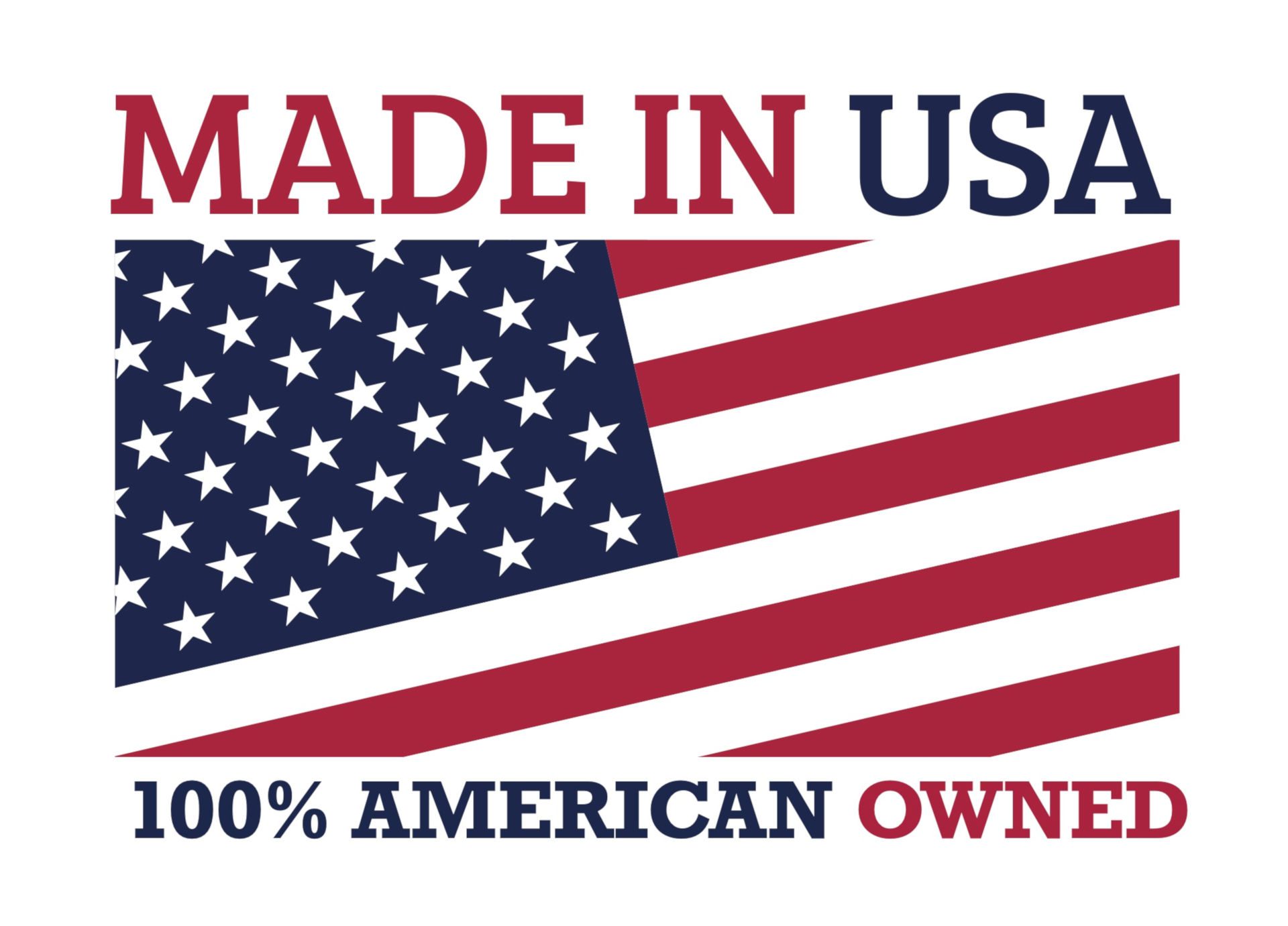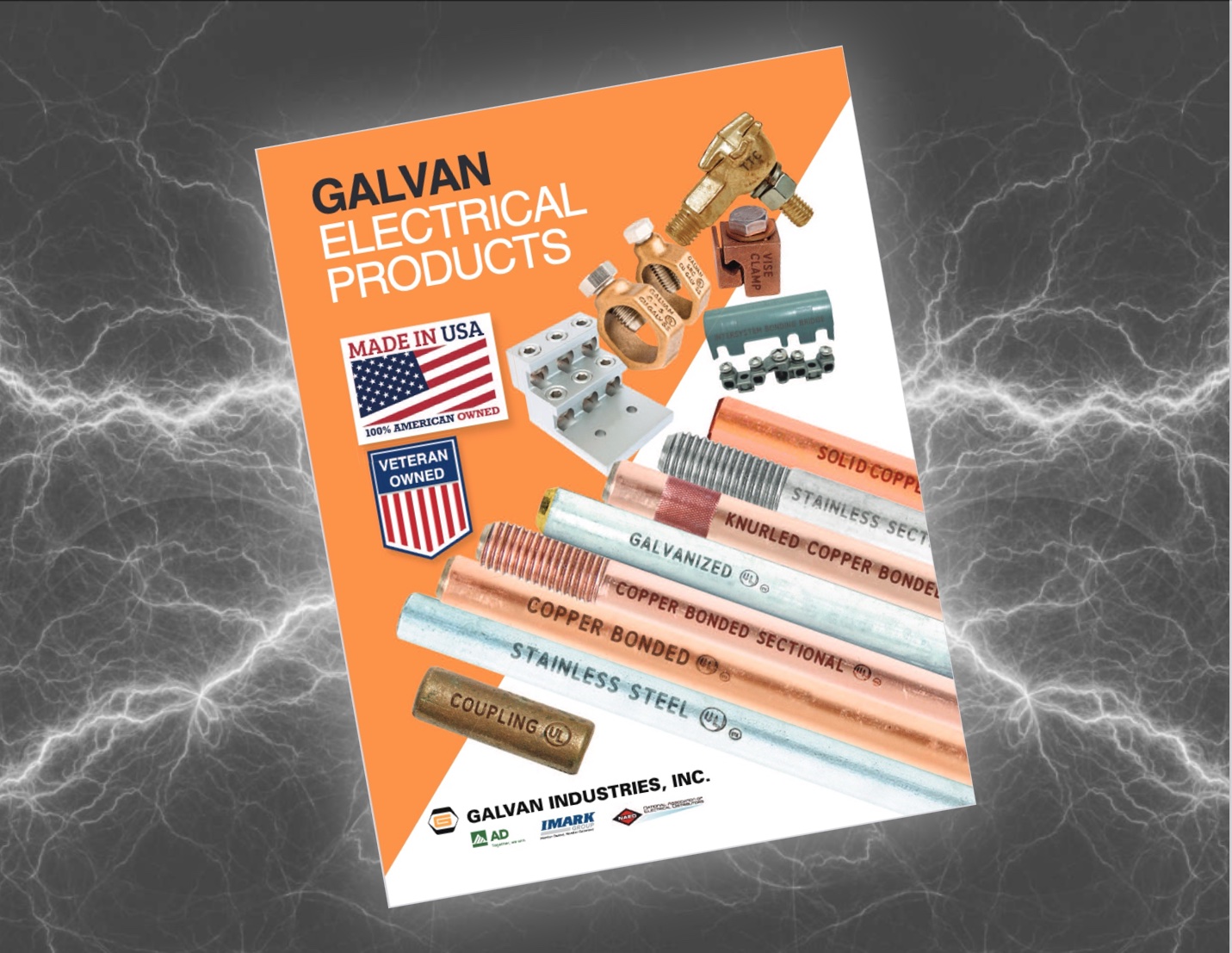A fully marked ground rod gives you inspectability and traceability.
An unmarked, no-name ground rod gives you liability.
It’s your choice.
 Sooner or later we’re all responsible for the choices we make. Choosing expediency or a few pennies cost difference over safety is potentially very dangerous for electrical inspectors, wholesalers, contractors and their customers.
Sooner or later we’re all responsible for the choices we make. Choosing expediency or a few pennies cost difference over safety is potentially very dangerous for electrical inspectors, wholesalers, contractors and their customers.
Consider the inspector who passes a grounding installation in which an unlisted, unmarked ground rod is used. He can’t know if the rod is the required eight feet in length or if it has the required coating thickness. Unless he is carrying a micrometer, he can’t really know whether the rod is the proper diameter. Should an electrical fire be the result of improper grounding, he could be liable for damages. If there is a death or a serious injury involved, the damages could be staggering.
By demanding the use of clearly marked listed (UL or CSA) ground rods, the inspector avoids this potential liability. Listed rods meet all requirements of the code.
Wholesalers also have significant liabilities associated with selling unmarked rods. While most galvanized and stainless steel ground rods sold today are not marked, if a rod that has no markings – neither a listing mark nor a manufacturer’s name or symbol – fails to pass inspection, the installer could demand a refund from the wholesaler. If there is no way to identify the manufacturer, the wholesaler is stuck with the loss. By the same token, if there is a fire or electrocution associated with that same rod, with no traceable manufacturer’s marking, the liability could stop at the wholesaler.
Selling only rods that are clearly marked with the manufacturer’s name or symbol provides some protection for the wholesaler against this kind of potential product liability.
An unmarked rod protects only the manufacturer. If you’ve ever wondered why every ground rod isn’t marked, now you know one big reason.
A contractor’s liability is often limited to a year and a day after a job is completed and passes inspection. Still, it is hard to imagine why anyone would accept 366 days of potentially catastrophic liability to save a few cents on a ground rod.
Those most at risk are consumers: homeowners and business owners who could literally lose everything. They play no role in choosing ground rods, but the lives of their families and companies are in the hands of those who do. Maybe it is just a ground rod to you, but to them it could be a matter of life and death. Make the responsible choice. Installing and selling only traceable, listed ground rods is in everybody’s best interest.
RUS Marking Requirements
The Rural Utilities Service (RUS) is part of the U.S. Department of Agriculture. Equipment requirements are spelled out in Federal regulations.
Excerpts appear below:
Sections 1910.302 through 1910.308 contain design safety standards for electric utilization systems
(b) Extent of application —(1) Requirements applicable to all installations. The following requirements apply to all electrical installations and utilization equipment, regardless of when they were designed or installed:
§1910.303(e)—Marking
(e) Marking —(1) Identification of manufacturer and ratings. Electric equipment may not be used unless the following markings have been placed on the equipment:
(i) The manufacturer’s name, trademark, or other descriptive marking by which the organization responsible for the product may be identified; and
(ii) Other markings giving voltage, current, wattage, or other ratings as necessary.
(2) Durability. The marking shall be of sufficient durability to withstand the environment involved.
NEMA GR-1-2017 Standard Spells Out
Ground Rod Marking Requirements
NEMA GR-1-2017 Standard for Grounding Rod Electrodes and Grounding Rod Electrode Couplings specifies that all copper-bonded, galvanized and stainless steel ground rod electrodes “shall be permanently and legibly marked with the manufacturer’s identification and the catalog or equivalent designation, within 305 mm (12 in.) of the driving end of the ground rod electrode.”
This standard applies to electrodes and electrode couplings that function according to the National Electrical Code® (NEC) and the National Electrical Safety Code (NESC). It covers design and performance requirements and provides recommendations for selections and use.
The contents and scope of GR 1-2017 may be viewed by visiting NEMA’s website at www.nema.org/stds/gr1.cfm, or by contacting IHS at 800-854-7179 (within the U.S.), 303-397-7956 (international), or 303-397-2740 (fax).



